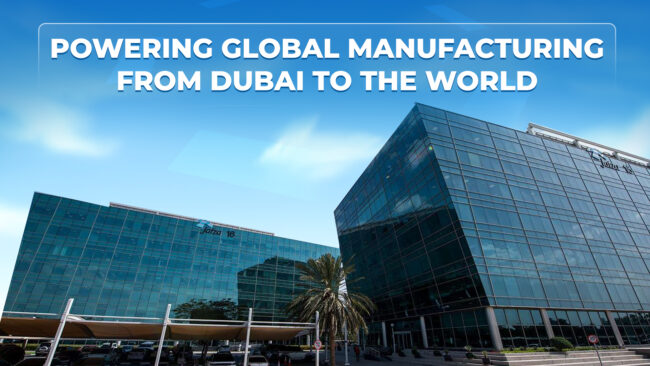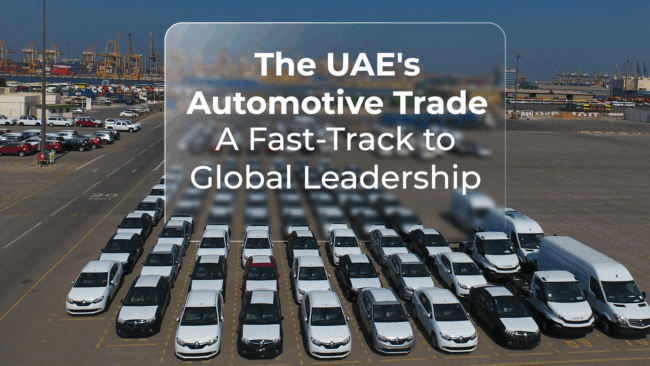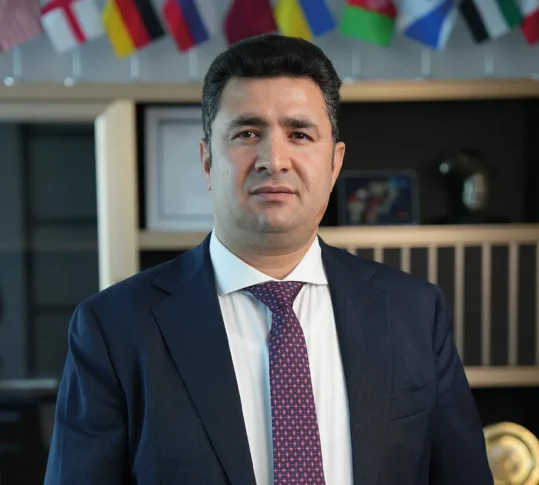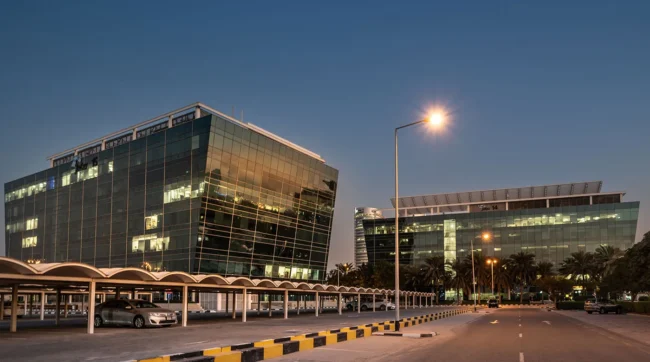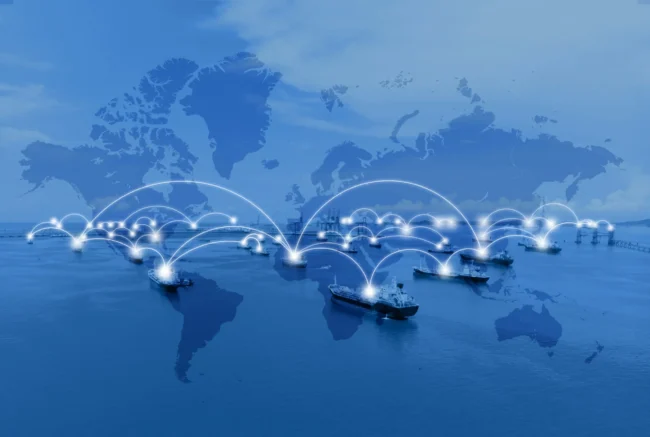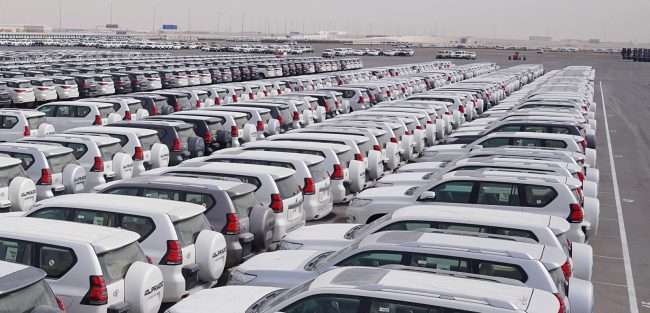
The UAE Is Now Among The Top 4 in Merchandise Exports Per Capita.
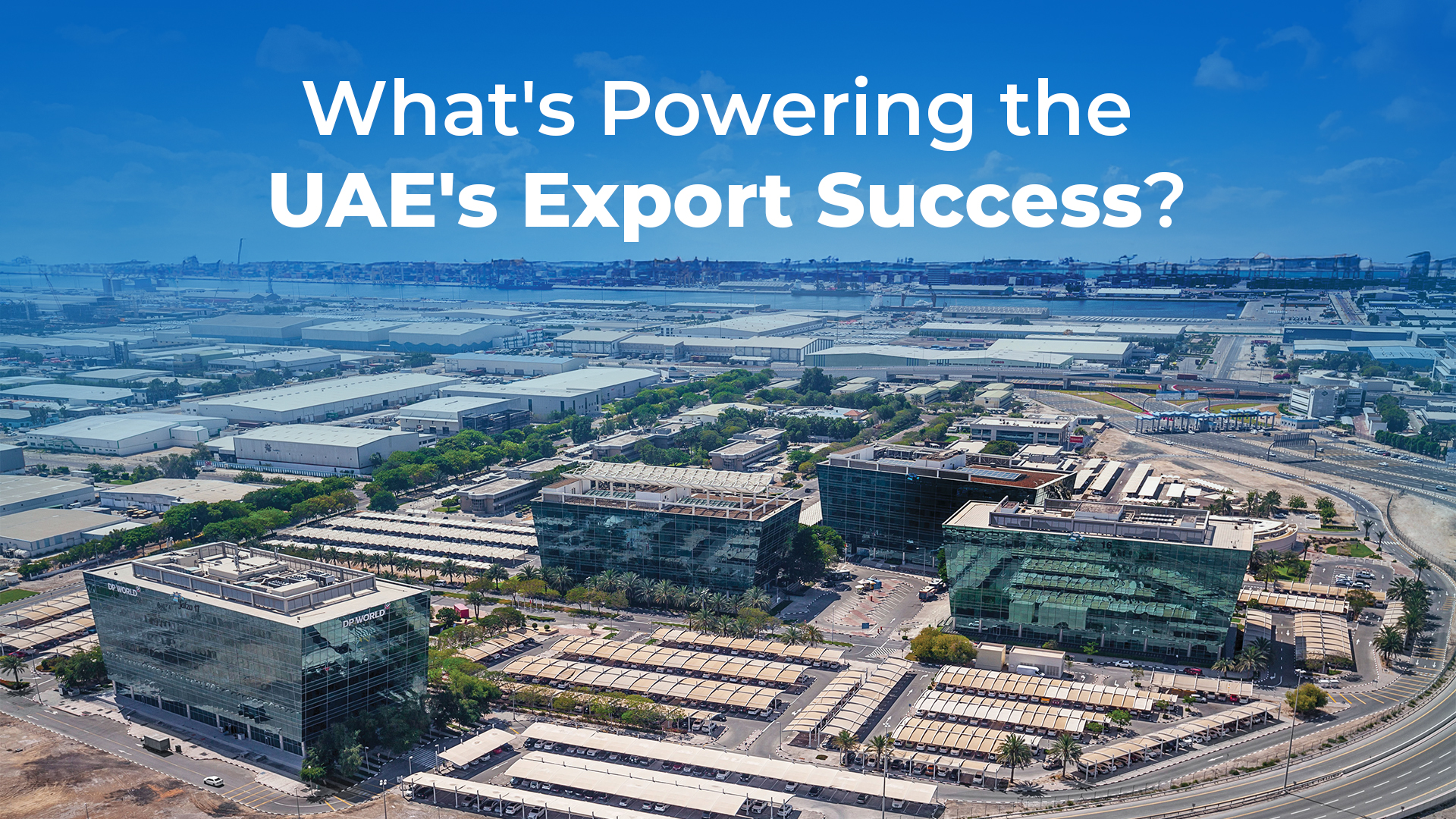
Here’s What’s Driving Its Rise…
What do Singapore, Hong Kong, and the Netherlands have in common?
They’re all global trade powerhouses, and in 2023, the United Arab Emirates (UAE) joined their ranks, climbing to #4 worldwide in merchandise exports per capita.
With over USD 51,250 per person in exports in 2023, a 25% increase since 2018, the UAE is signalling its growing influence on global trade.
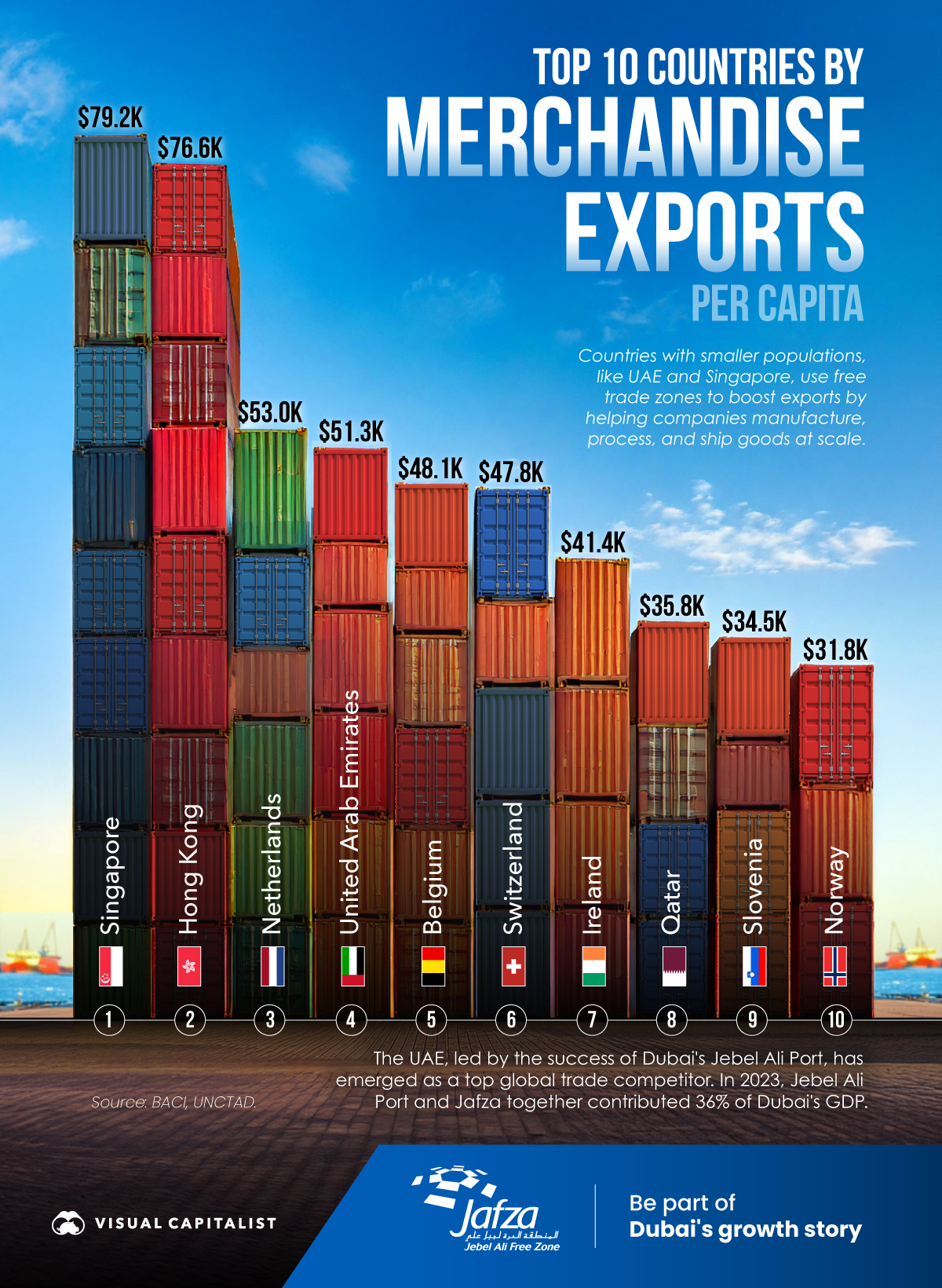
Trade Remains at the Heart of the UAE’s Strategy
The UAE’s non-oil foreign trade continued its upward trajectory, reaching USD 816.07 billion by the end of 2024, recording a 14.6% growth compared to 2023. According to UNCTAD’s latest data, it’s more than seven times the global average for trade growth.
This record-breaking performance is mainly attributed to the surge in non-oil goods exports, which soared to USD 152+ billion in 2024, a 27.6% increase from 2023.
UAE exporters are among the primary beneficiaries of the Comprehensive Economic Partnership Agreement (CEPA) programme, enjoying enhanced market access and preferential tariff rates.
The non-oil exports under the CEPA agreements registered USD 36.7+ billion, reflecting a 42.3% growth and accounting for 24% of total non-oil exports.
What’s Fuelling the UAE’s Rise in Global Trade?
The UAE’s growth in exports is the result of long-term planning and major investments driven by:
- A business-friendly environment, supported by trade incentives, encouraging international partnerships.
- Dubai: A magnet for businesses and investors, ranked as the world’s top destination for attracting Greenfield FDI for the fourth successive year.
- World-class infrastructure, including advanced ports and logistics networks.
- Thriving trade hubs like Jebel Ali Port and Jafza, serving as key trade enablers, connecting businesses to over 3.5 billion consumers globally.
Jebel Ali: The Backbone
Jebel Ali is home to the World’s largest Free Trade Zone – Jafza, and the region’s largest polyfunctional seaport – Jebel Ali Port.
- Jebel Ali Port handled 15.5 million twenty-foot equivalent units (TEUs) in 2024, demonstrating its robust capacity to support growing trade volumes.
- For the past four decades, Jafza has fostered international trade and investment. Today, it’s home to 11,000+ companies, recording USD 190 billion in trade volume in 2024.
Together, Jebel Ali Port and Jafza contributed 36% to Dubai’s GDP in 2023, playing a pivotal role in the UAE’s global trade footprint.
The UAE: A New Global Gateway for Trade
As trade routes shift and global supply chains evolve, the UAE has proven itself a resilient and competitive trade hub, powered by strong infrastructure, strategic policy, and integrated trade ecosystems.
The UAE will continue to expand its global trade network through CEPA deals in 2025, aiming to achieve USD 1 trillion in non-oil trade by 2031.
With its sights set on the future, the UAE is well-positioned to lead the next chapter of global trade — driving innovation, enabling opportunity, and connecting the world with purpose.


